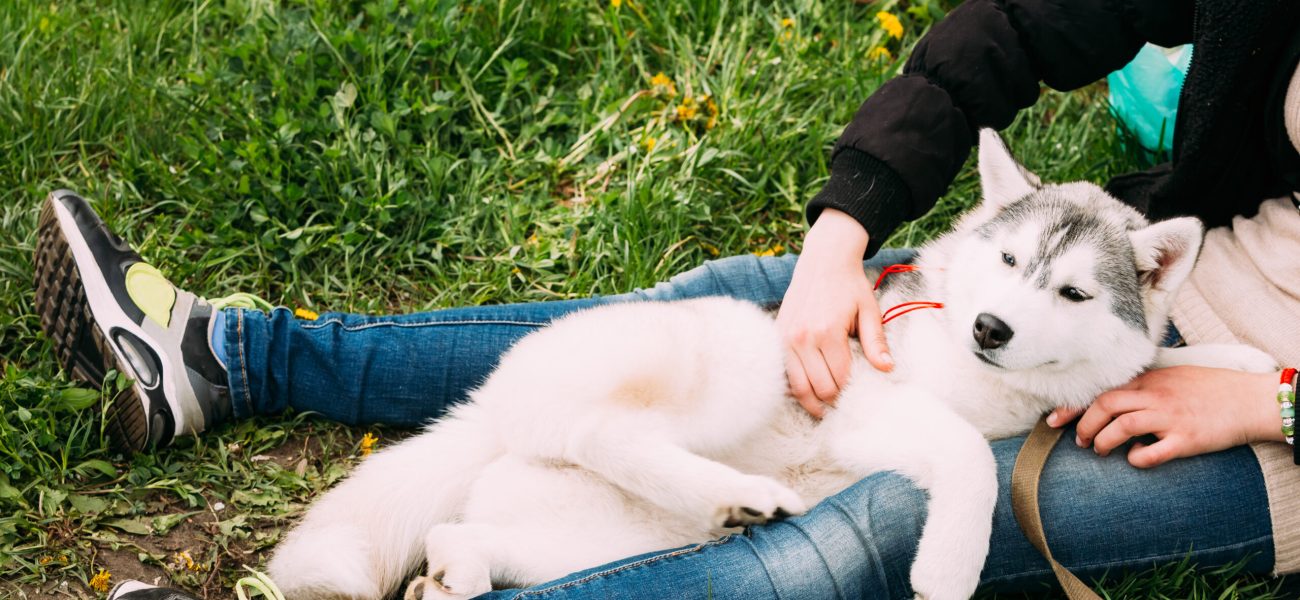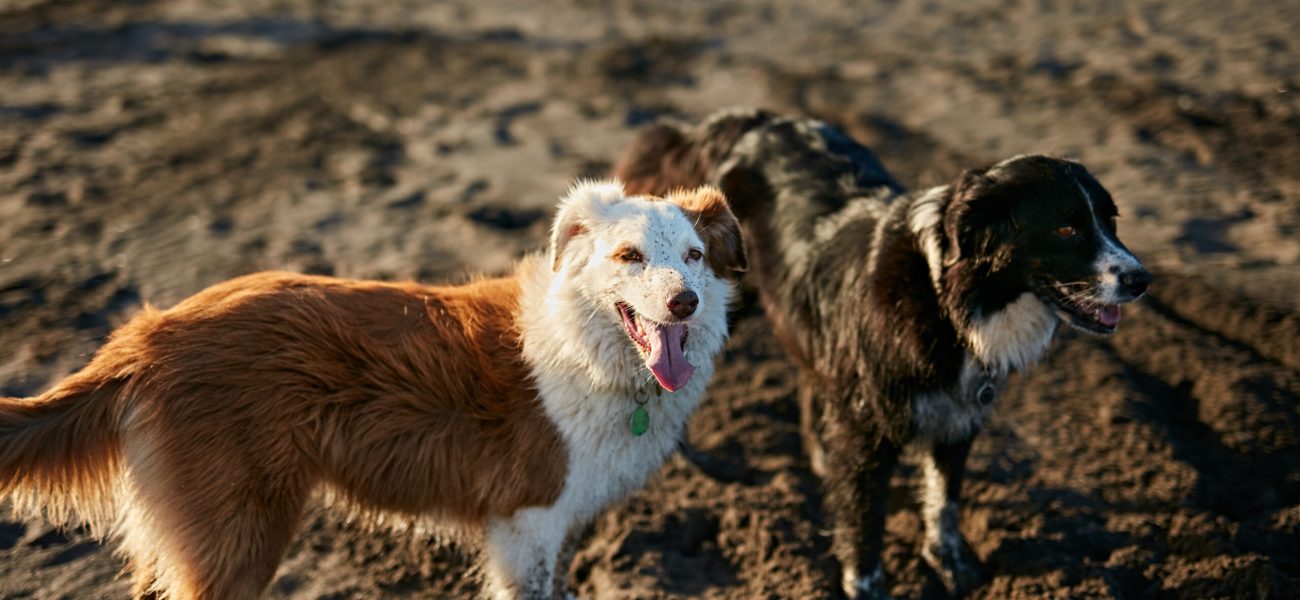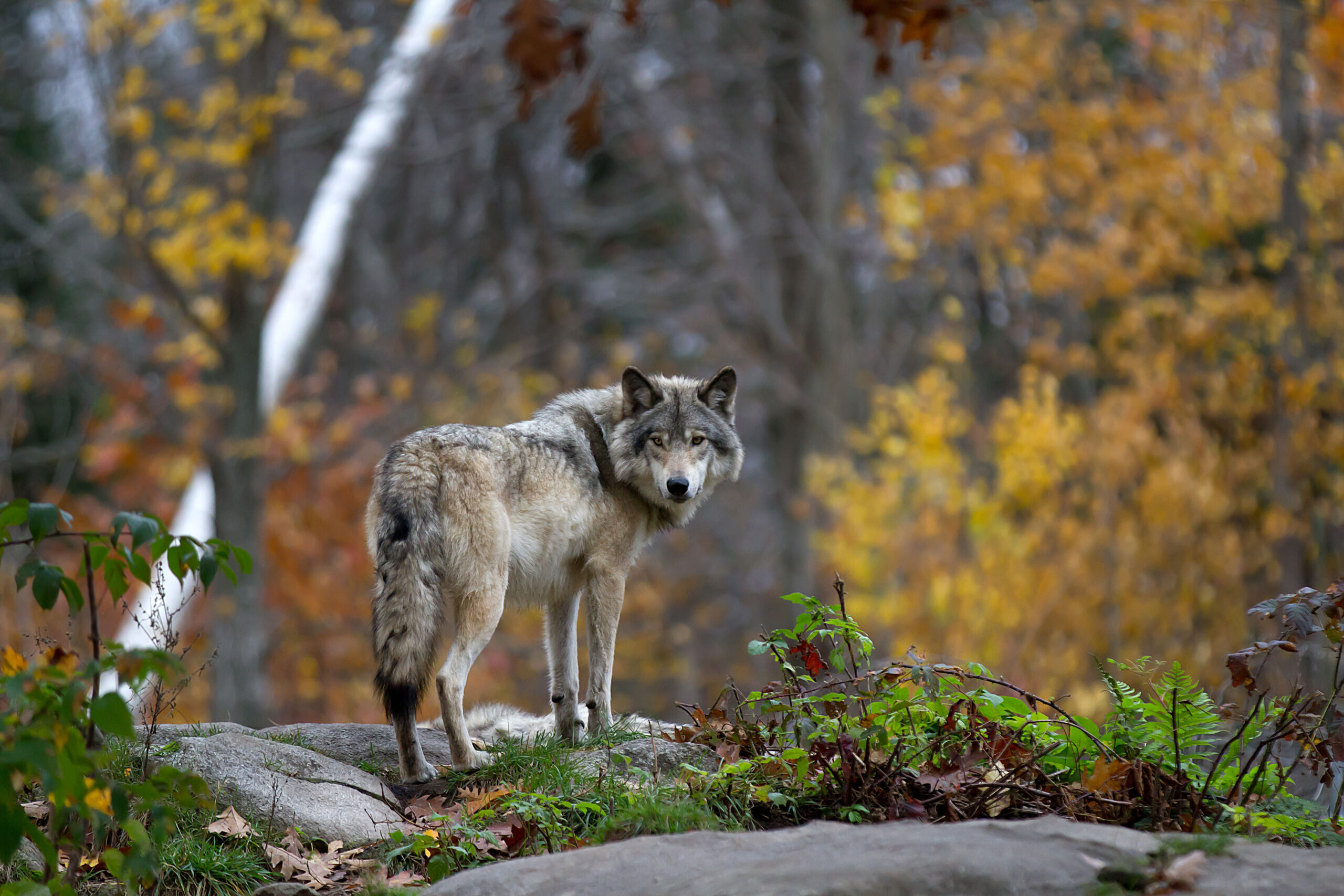
Purdue University: Kennel Space and Flooring
Dog welfare is more than just food, water, and good physical health. Several aspects of the environment can impact a dog’s welfare. Dogs have a very different sensory experience from humans.

Environmental enrichment is the increased complexity of the environment introduced to the dogs in a positive and safe manner. This provides dogs with a sense of control over themselves and their environment, opportunities to express a wide range of normal behaviors (e.g., chewing, climbing, and playing), a reduction in abnormal behaviors (e.g., pacing, body licking, and excessive vocalization), and improved ability to cope with stress. Environmental enrichment includes exposure to both objects and beings and can be organized into five categories: social, nutritional, occupational, sensory, and physical.
Auditory stress can weaken the dogs’ immune system and lead to increased disease susceptibility and poor recovery from illness (Coppola et al., 2006).
Factors including exposure to loud noises, other stressed dogs, handling by caretakers, unfamiliar objects or people, malnutrition, extreme temperatures, and transportation can cause kennel environments to be stressful for dogs. Stress can have negative implications for canine physical and behavioral welfare. In breeding kennels specifically, the experiences of pregnancy, whelping, nursing, pain or injury, illness, being alone, and limited space are additional potential stressors. Environmental enrichment improves canine welfare by reducing stress and by reinforcing socialization practices.
Environmental enrichment should be provided for all dogs and puppies throughout their time at the kennel and for the duration of their lifetime. It is important to provide consistent enrichment opportunities, which includes the rotation of items to maintain interest.
Female dogs are more prone to both acute and chronic housing stress as compared to males (Beerda et al., 1999). Parity, sex, litter size, season of birth, and growth rate can have long lasting effects on dog behavior and coping styles (Foyer et al., 2013).

Stress is an inability to cope with an environment. It is important to identify stress in kenneled dogs so that it can be addressed and minimized through practices such as environmental enrichment. Signs of stress in dogs can be physical, physiological, or behavioral and can include:
• Repetitive behaviors and movements (e.g. whirling, pacing)
• Excessive vocalization • Excessive licking or chewing of body parts (e.g., paws, tail)
• Escape behaviors (e.g., pushing barriers, excessive digging)
• Panting
• Sweaty paws
• Shifting posture
• Fight or flight responses
• Aggression
• Coprophagia (eating feces)
Monitor dog behavior and body language in dogs while considering the context of behaviors and how each individual dog may respond to stress uniquely (Learn more: Dog Body Language Handout). Doing so can clarify which environmental enrichment practices are likely to be most impactful. After implementation of environmental enrichment, continued monitoring of dog behavior and body language can signal if the practices are effective and not stressful and when it is time to rotate enrichment tools.
Dogs in the shelter environment have been found to have lower proportions of secure attachments to their caretakers than do pet dogs, which has implications for acute stress coping, future attachment relationships in their forever homes (Thielke & Udell, 2020), and behavior and welfare (Thielke & Udell, 2019).
1) Identify Location: Environmental enrichment in breeding facilities can be implemented in the whelping areas, indoor play areas, and outdoor runs. In each of these spaces the enrichment can provide opportunities for mental and physical exercise for dogs as well as socialization and early exposure for puppies. In the outdoor areas, it is important to provide shade, water, and other resources necessary to keep dogs comfortable, safe, and engaged while using the runs and yards.

2) Select Items: When implementing enrichment practices, remember to allocate resources wisely and disperse them evenly throughout the kennel to avoid conflict between dogs. Once the resources are in place, monitor their use to ensure they are being used often and safely and that they are accessible to all dogs who desire to engage without requiring unnecessary competition. 3) Check for Engagement: Enrichment is only valuable if it engages the individual dog, and each dog will have personal preferences. An item or activity is not enriching if a dog does not use it, is afraid to use it, or finds it boring. Rotating enrichment opportunities and tailoring them to the individual dog’s preferences can help maintain the potential for enrichment.
For more detailed instructions on how to apply environmental enrichment in breeding facilities, see our handout Quick Tips for Success: Environmental Enrichment in Kennels.
Appropriate Science Says Dogs in the shelter environment have been found to have lower proportions of secure attachments to their caretakers than do pet dogs, which has implications for acute stress coping, future attachment relationships in their forever homes (Thielke & Udell, 2020), and behavior and welfare (Thielke & Udell, 2019). environmental enrichment can improve quality of life for kenneled dogs (Kiddie & Collins, 2015), increase the complexity of behavior, prevent undesirable behavior (Hubrecht, 1993), and reduce aggression in fearful dogs (Willen et al., 2019). Ensuring the welfare of dogs is individualspecific (Titulaer et al., 2013).

Social enrichment includes interactions with other dogs and with humans. Monitor all dogs during social interactions and watch for excessive shyness or boldness that would warrant careful intervention. Social enrichment can be accomplished through activities such as:
• Supervised play groups with other dogs
• Group housing for compatible dogs
• Walks, play, praise, and petting with humans
*Note that social enrichment differs from socialization. Social Enrichment provides interaction opportunities in the housing environment for all dogs and puppies. In contrast, socialization consists of deliberate, positive, safe, and brief, exposures for puppies during the specific developmental time period of 3-12 weeks when they engage in long lasting learning about what is safe and unsafe. (Learn more: Puppy Socialization Handout)
Human interaction can decrease excitation and fear in dogs (Shiverdecker et al., 2013) Additionally, prevalence of play behavior can be an indication of welfare state (Oliveira et al., 2010). Dogs of the same size play more often with each other than with dogs of different sizes (Řezáč et al., 2011) and animals play differently during different stages of life (Oliveira et al., 2010).

Nutritional enrichment encourages natural feeding behaviors and can be accomplished through:
• Using puzzle feeders
• Hiding food to challenge the dog and encourage them to search for food
• Alternating feeds, treats, and chewable items
The provision of dental chews also has a protective effect against periodontal disease (Stella et al., 2018).
Occupational enrichment encourages physical and mental stimulation by giving dogs a “job.” This can be accomplished through:
• Playing sports, such as agility or fetch
• Practicing positive reinforcement training
• Providing food puzzles that require the dog to “work” to get the food
Positive Reinforcement training sessions may lower the stress in dogs, improving welfare (Vasconcellos et al., 2016). Dogs trained with intended reward only (no use of aversives) have demonstrated a higher welfare both in and outside of the training context than do those trained with aversives (Vieira de Castro et al., 2020). Dogs may experience a positive affective state in response to the opportunity to learn through problem solving (McGowan et al., 2014).
Sensory enrichment can be used for calming and to stimulate the different senses of dogs, such as sight, sound, or smell. This can be accomplished through:
• Placing visually stimulating objects outside a dog’s run
• Allowing visual access to the kennel environment
• Including pleasant auditory enrichment, such as intermittent soft music
• Adding interesting scents such as herbs (e.g, lavender, chamomile), spices (e.g, vanilla, coconut, ginger) or commercially available animal scents (e.g., rabbit) inside a piece of PVC pipe with additional drilled holes so that it can be easily added or removed from the dog’s pen.
Odors such as green-odor can have a mild stressalleviating effect on dogs (Carlone et al., 2018) and music of varying pitches can differentially impact the behavior of dogs (Amaya et al., 2020).
Physical enrichment includes giving the dog more interest in and control over their social and physical environment by altering the quality and complexity of the dog’s living space and by providing opportunities for the expression of natural behaviors. This can be accomplished through:
• Providing safe toys
• Adding physical features to a pen, run, or kennel such as beds, raised platforms, ramps, steps, toys, climbing structures, digging pits, water pools, or tunnels
• Providing a door to allow access to the outside
Science Says Kennel housed dogs have demonstrated a preference for robust toys that they could pull apart rather than hanging toys (Pullen et al., 2010).

Dog welfare is more than just food, water, and good physical health. Several aspects of the environment can impact a dog’s welfare. Dogs have a very different sensory experience from humans.

We are aware of a recent increased number of canine respiratory cases that are not responding to antibiotic treatment. At this time, we suspect Canine Influenza Virus (CIV) is the underlying cause.

The wolf, also known as Canis Lupus, the gray wolf, the timber wolf, the western wolf, and other subspecies, is a canine native to the wilderness and remote areas of North America and Eurasia. It is the largest surviving member of its family with the females weighing in at 80-85 lbs.